
Is Email Marketing Still Worth It in 2024?
An In-Depth Look at Its Value and Best Practices
In this day and age of flashy digital advertising and smart social media marketing, traditional communication channels, such as email, can appear to be outdated. Because customers are continuously being inundated with promotional emails, it is reasonable to question whether or not this channel still produces results.
But before you dismiss email marketing in 2024 and beyond, you shouldn’t be so ready to ignore it. Email marketing is one of the most cost-effective and high-yield marketing channels across all industries, provided the appropriate strategy and execution are utilized.
Considering the current state of the digital ecosystem, we will investigate in this detailed guide whether or not investing in email is worthwhile. What is the email trend in 2024? You will find out that:
- Key statistics illustrating the outstanding return on investment (ROI) of email
- What is performance like in comparison to that of other formats
- Some suggestions for improving your strategy to generate more value
- Expectations regarding the future of email marketing campaigns
- Exemplifications and lessons learned from A/B tests
- The utilization of various tools and capacities for automation
- The best methods for attracting and retaining subscribers
- A discussion on the significance of personalization and segmentation
- How to combine your email marketing with your more considerable marketing efforts
- Pitfalls and errors that are detrimental to the performance of email
In this article, we will investigate whether or not this time-honored digital format still merits a spot in your marketing mix for 2024.
The Core Benefits and ROI of Email Marketing
Before we compare email to other modern mediums, let’s take a moment to examine the reasons why it has been so influential over the course of several decades. What are the fundamental advantages that email marketing possesses?
Reach That Is Unrivaled
The fact that email can reach such a large number of people is one of its most appealing features. Currently, 91% of individuals who use the internet use email, and the typical consumer checks their inboxes many times per day using email.
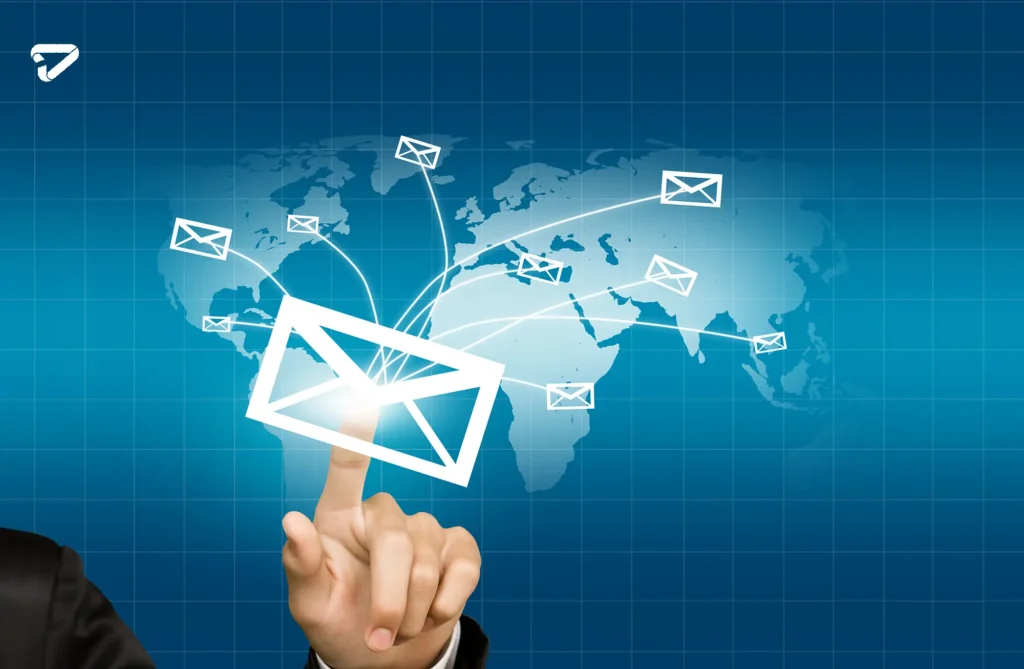
This much exceeds the reach of channels such as:
- 69% of adults are on Facebook.
- One-third of adults use Instagram.
- Twenty-three percent of adults use Twitter.
- TikTok: ten percent of adults
Notifications are being sent to people across various platforms, including social media, messaging providers, and mobile applications. However, the day-to-day routine that the majority of customers continue to maintain is the use of email.
And every one of those users has voluntarily given their email addresses to various brands and businesses. This displays a willingness to communicate and an openness to doing so, which goes far beyond the scope of intrusive advertising.
Cost-Effectiveness
Compared to paid social ads, display advertising, television spots, and other forms of advertising, email consistently generates higher returns with a lower initial cost.
- Regarding acquisition expenses, email is 62% less expensive than Facebook.
- Compared to Facebook, using email results in a 17% higher average order value.
- On average, email generates a return of $36 for every dollar spent.
- In many instances, the principal costs consist of nothing more than the amount of human time that is engaged in the execution of the campaigns.
Emily Rhodes owns and operates an e-commerce store that generates more than 120 thousand dollars in monthly income.
“I adore the fact that email enables me to directly communicate with customers in a highly measurable and reasonably priced manner. ROI is exceptional in this case. In addition, unlike social media advertisements, I am not continually wasting more money to achieve better outcomes.
According to the empirical statistics, email offers a good return on investment (ROI) with a low level of financial risk.
Trust and Attribution
Because they want to interact with businesses they are familiar with and enjoy, subscribers voluntarily permit brands to sell to them via email. This is in contrast to impersonal advertisements.
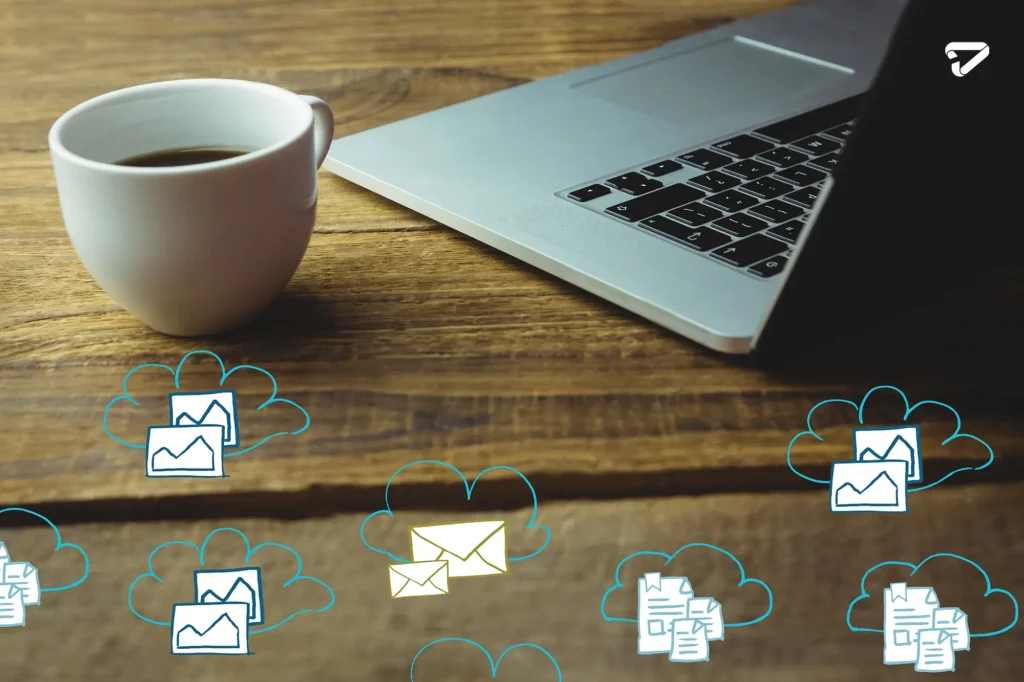
As a result of this developed familiarity, emails frequently induce direct actions that may be attributed to them, such as:
- Payments made
- The downloads
- Views of the content
- Signing up
Recipients are highly receptive to email offers and engagement since they are familiar with and trust the sender.
In a survey conducted by Nielsen, it was found that 49 percent of customers stated that they made purchases explicitly based on suggestions provided via email. The source attribution is more transparent than virtually any other media.
Personalization and Segmentation of Customers
You can easily segment your subscribers and adapt your messaging using email, another one of the distinct advantages of email.
As a result of sending blanket emails to your entire list, engagement levels may decrease. However, by utilizing groups and behavioral data, you will be able to personalize content depending on the following criteria:
- Statistical data
- Previous purchases made
- Location of
- The behavior of browsing
- What’s more
This level of customization is difficult to achieve and relatively expensive in other contexts; nevertheless, it is readily available through email technologies.
According to research, tailored subject lines result in 26% greater open rates, and promotional emails generate 18% more income than batch material.
When utilized in a planned manner, email personalization is quite powerful.
How Does Email Stack Up Against Other Formats?
In the year 2024, we have seen the intrinsic benefits that email marketing offers to marketers. However, how does the complex performance of email marketing compare to the wide spectrum of digital marketing channels?
Email continues to be very competitive across critical measures, including:
Taking part in
- 71% of clients check their email on a daily basis, but only 40% check social media.
- Compared to social marketing, clickthrough rates on email are two to three times greater.
- More than five times daily, 49% of people check their email.
- Transformation
- 66% of customers have purchased as a direct result of receiving a marketing email.
- The revenue generated by email is forty times higher per dollar spent than the combined revenue of Facebook and Twitter.
- The growth of Signet Jewelers was driven by transactional emails such as order confirmations, which are responsible for a 43 percent increase in sales.
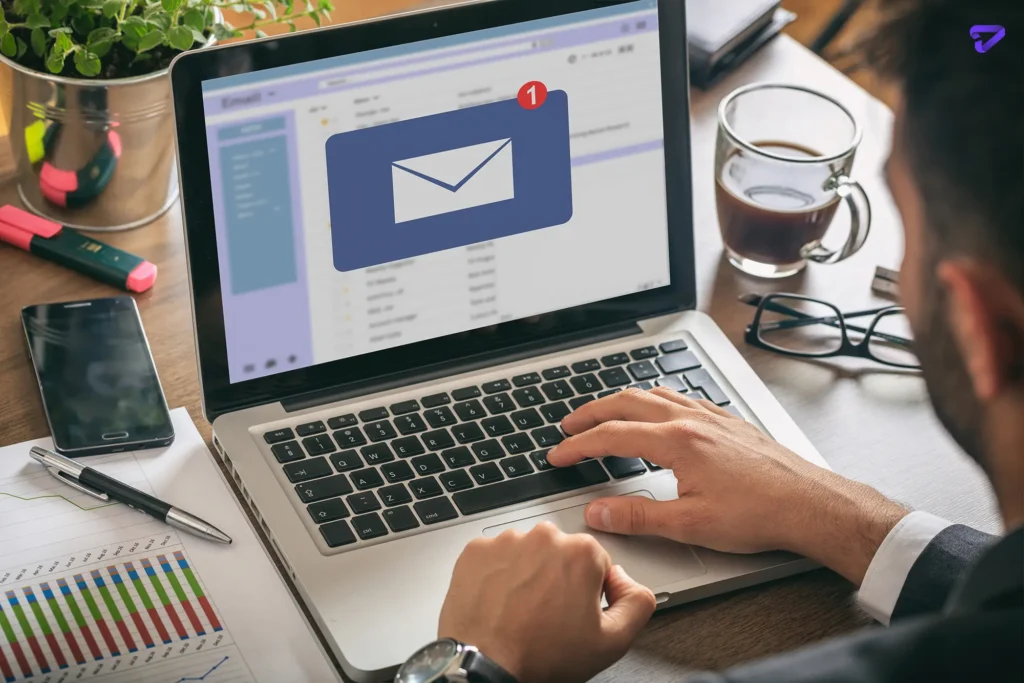
Holding on to
- Email communication is preferred by eighty percent of clients because it gives the impression of being more personal.
- When compared to social media, email is forty times more effective at acquiring new clients.
- The use of email results in three times as many loyal repeat consumers as the use of social media.
Earnings potential
- The average return on investment (ROI) for email is $36 for every $1 invested, while the median ROI is an impressive 122%.
- Compared to other forms of digital marketing, email has a return on investment of over four times higher.
- According to a survey conducted by MessageMatch, email has the highest return on investment (ROI) of all B2C channels.
- Thanks to such metrics, email consistently performs at the top of the pack, even when compared against popular up-and-coming competitors.
As stated by Noah Fleming, who holds the position of Vice President of Marketing at an online retailer:
“We are constantly experimenting with new platforms, including social channels, streaming video, native advertisements, etc. However, time and again, optimizing our email programs has proven to be the most successful. The return on investment lifecycle is unparalleled.”
The hard evidence demonstrates that email is worthy of significant continuing investment even though it is not a silver bullet.
A Look at the Trends and Predictions for Email Marketing in 2024
Now that we’ve gone over email’s fundamental advantages, what ways should brands modify their approach in 2024 depending on the most important trends?
More Personalization
Email currently has a high degree of personalization. Still, developments in automation and segmentation will make it even more familiar to send messages suited to specific audiences.
Keep an eye out for emails that are tailored to the specifics of each individual depending on:
- Engagements and purchases made in the past
- The behavior of browsing
- Location of
- When in the day
- What’s more
With the help of deep customization, marketers can grab market share.
AI-Optimization
If you want to start optimizing elements like these, look for AI.
- Subject lines and sneak peeks of the text
- Concentration on the content
- A selection of images
- Times to send
- Choose your segment
The manual testing of permutations is a time-consuming process. Artificial intelligence will test and enhance email components to improve performance.
Interactive Content
Emails consisting of static text and images can be tedious. Innovative people are pushing the boundaries of what is possible with interactive content such as:
- Miniature applications and product configurators
- Questionnaires and polls
- Exams and tests
- You are free to select your exciting tales.
Through interaction, subscribers remain engaged for extended periods and with outstanding care.
Video

In the year 2024, you can anticipate an increase in the usage of video in emails. Short demo videos, how-to films, animated explainers, and other types of videos do very well when embedded directly into emails.
There is a 96% increase in clickthrough rates for video emails compared to non-video emails.
Importance of Mobile
With over 65 percent of emails being opened on mobile devices, mobile optimization must be flawless. Adaptive design, unsubscribing with a single click, and placing all necessary information “above the fold” are all essential.
Make mobile testing a top priority before sending any messages.
Email A/B Testing Examples and Takeaways
The most successful marketers constantly test and optimize their email strategy depending on the data they collect.
For this discussion, look at real-world examples of A/B testing that successfully enhanced email analytics for significant brands.
The Personalization of the Subject Line
The subject lines of emails sent by Eventbrite were tailored to incorporate the city where the user resided.
“Hundreds of events to discover this week” was the subject line that was used for the generic email.
According to the tailored version, this week in New York City, there are hundreds of events to explore.
The results showed that the number of opens for personalized location subject lines increased by 14.2%.
The takeaway here is to avoid using a batch approach that is “one size fits all” and instead use dynamic customization in subject lines.

Long vs. Short Copy
To assess the length of email content, the financial website The Motley Fool sent out two versions: one with lengthy material and another that was condensed to the most critical parts.
Long-form copy resulted in a more significant number of clicks. In contrast, short-form content resulted in a more significant number of opens. In general, the long form generated 18% more money.
The takeaway is that you should strive for more detailed information centered on user education and value and avoid unduly truncating to appear succinct.
Comparison of Single and Multiple Calls to Action
One call to action (CTA) per email was evaluated by the software company HubSpot instead of three CTAs.
Each of the several calls to action resulted in a 34% increase in clicks overall.
How Digital Agencies Like Us Can Empower Their Clients in the Small Business Sector to Achieve Success Through Email Marketing
Email marketing continues to be one of the most effective ways for small businesses to engage clients and increase revenue. However, many owners of small businesses struggle to create email campaigns that convert well despite having other priorities to attend to.
It is in this context that digital marketing agencies come into play. With the appropriate strategy and execution, these agencies have the potential to become helpful email marketing partners to their clients who are small businesses.
Within the scope of this book, we will investigate demonstrated methods by which agencies can harness the power of email to generate outcomes for their clients who are small businesses.
Establish Appropriate Expectations Regarding Email
Initially and most importantly, agencies need to establish appropriate expectations with their customers regarding the potential outcomes that can be achieved through email.
- Email has a significantly higher conversion rate at a lower cost than social media.
- Personalization that is hyper-targeted to each subscriber is made possible by this.
- Both relationships and engagement can be fostered through automation.
- Performance can be monitored in great detail.
- It is essential for growth to do testing and optimization throughout time.
- Customers are more likely to invest in email marketing as a component of their entire marketing plan after establishing expectations.
Building High-quality Email Lists

One pillar of excellent email marketing is establishing quality subscriber lists for customers focused on their ideal target demographic. Tactics to utilize include:
- Using popups and providing material that is a lead magnet, promote the signing up of email addresses on their website.
- Advertise on social media and digital platforms to increase sign-ups.
- Both online and offline, you should be able to capture emails at the point of buy.
- Offer existing clients an incentive to share their email addresses with friends and relatives.
- The larger the size of the audience, the more significant the potential impact; however, all subscribers must meet the client characteristics that are being targeted.
Creating Audience Segments
To strategically separate contacts into audience segments based on the following criteria once subscriber lists have been grown:
- Factors such as geography, age, and gender are utilized.
- Consumers’ purchasing patterns include repeat customers, one-time purchasers, and non-buyers.
- This includes content downloads, service requests, and other similar things.
- This makes it possible to send highly targeted emails that speak to the requirements of each group, as opposed to sending out general blast emails.
Automation of Proven Drip Campaigns
The following are examples of automated email nurture campaigns that agencies should build based on the business models and goals of their clients:
- A cart that has been abandoned for online retailers.
- Customer win-back and post-purchase follow-ups are essential steps.
- The confirmation and reminder of appointments for businesses that provide services.
- Relevant material is used to nurture leads.
- One-time purchases are transformed into long-term connections using these digital drips.
Automation of Proven Drip Campaigns
The following are examples of automated email nurture campaigns that agencies should build based on the business models and goals of their clients:
- A cart that has been abandoned for online retailers.
- Customer win-back and post-purchase follow-ups are essential steps.
- The confirmation and reminder of appointments for businesses that provide services.
- Relevant material is used to nurture leads.
- One-time purchases are transformed into long-term connections using these digital drips.
Make Emails That Are Beautifully Designed
All emails, whether they are sent once or as part of an automated campaign, need to be well-designed to achieve the desired results:
- Preview on several different devices. Mobile-responsive design is an absolute necessity.
- By using short paragraphs, lists, and highlighting, you can make the material easier to scan.
- To create visual interest, you should use photos and graphics.
- Focusing on the primary message and call to action requires minimizing distractions and links.
- It is crucial to keep important content “above the fold.”
- Emails that are well-designed garner much better levels of engagement and conversions.
Compose Captivating Subject Lines
There are a lot of emails that have not been read, so subject lines are pretty important. Some strategies that organizations can employ include:
- With a personalized message such as “John, your order has been shipped.”
- A sense of urgency, such as “There are only 24 hours left for this discount.”
- The phrase “You won’t believe this new product” exemplifies curiosity.
- One example of value positioning is “Get our number one service free.”
- Test several alternative subject line angles to determine which most likely resonate with the various client audiences.
Optimize Landing Pages
Emails directed to homepages of generic websites result in a low conversion rate. Therefore, agencies should design landing pages suited explicitly for each email campaign.
For instance, an email telling you that your cart has been abandoned should send you to a landing page focused on completing the purchase.
Ensure that the messaging and offers on each page are correctly aligned with each email to achieve the best possible conversions and relevance.

Monitoring Opens, Clicks, and Conversions
Agencies must integrate open, click, and conversion tracking for their customers using pixels, links, and integrations. Proper tracking offers the data that is required to optimize results over time.
A better understanding of what works across client accounts may be gained by monitoring metrics such as open rate, click-through rate (CTR), conversions, and income earned.
A/B Test for Improvement
Make use of split testing to enhance the performance of email marketing for your customers:
- Experiment with different topic line variations.
- Compare and contrast the various calls to action.
- Consider including or deleting images.
- Experiment with sending messages at a variety of times per day.
- Let statistics lead optimization decisions to increase the return on investment (ROI) of client emails.
Coordinate With Other Campaigns
Utilize email in conjunction with other marketing endeavors to achieve more remarkable results:
- Emails should be promoted on social media.
- Utilize several methods to retarget previous email subscribers.
- Convert the content of your emails into blog entries and social media posts.
- It is vital to provide email signups for all promotions.
- Reach and conversion are both improved as a result of this cross-channel integration.
The Power of Email Marketing Partnerships
Through this all-encompassing strategy, digital firms can liberate the full potential of email marketing for their clients who are small businesses.
Creating value requires several strategies, including target segmentation, designing for engagement, automating campaigns, and continuously enhancing performance based on data insights.
Agencies can produce significant return on investment (ROI) and growth by using email’s unique targeting and measurability, which solidifies their position as vital partners.
A guide to Email Marketing explicitly tailored to the needs of Charlotte's small businesses.
Email marketing gives small businesses in Charlotte a significant opportunity to engage clients and drive repeat business in the year 2023.
Through the use of email, you can establish personal ties with locals that truly inspire loyalty. This is made possible by segmenting contacts and offering targeted communications.
However, as a result of their hectic schedules, owners of small businesses may find it challenging to plan and manage effective email campaigns.
In this part, we will discuss tried-and-true email marketing strategies that are suitable for the success of Charlotte-based small businesses.
Provide a Lead Magnet
To begin, you need a compelling lead magnet that will encourage locals in Charlotte to sign up for your mailing list. Some examples of such offers include:
- Cost-free consultations or estimates for services
- Discounts that are only available to
- Access to newly released products first.
- Personalized guides and advice leaflets for the local area
- Various discounts and freebies
- Ensure that your website, social media, and any other marketing platforms you use promote your lead magnet.
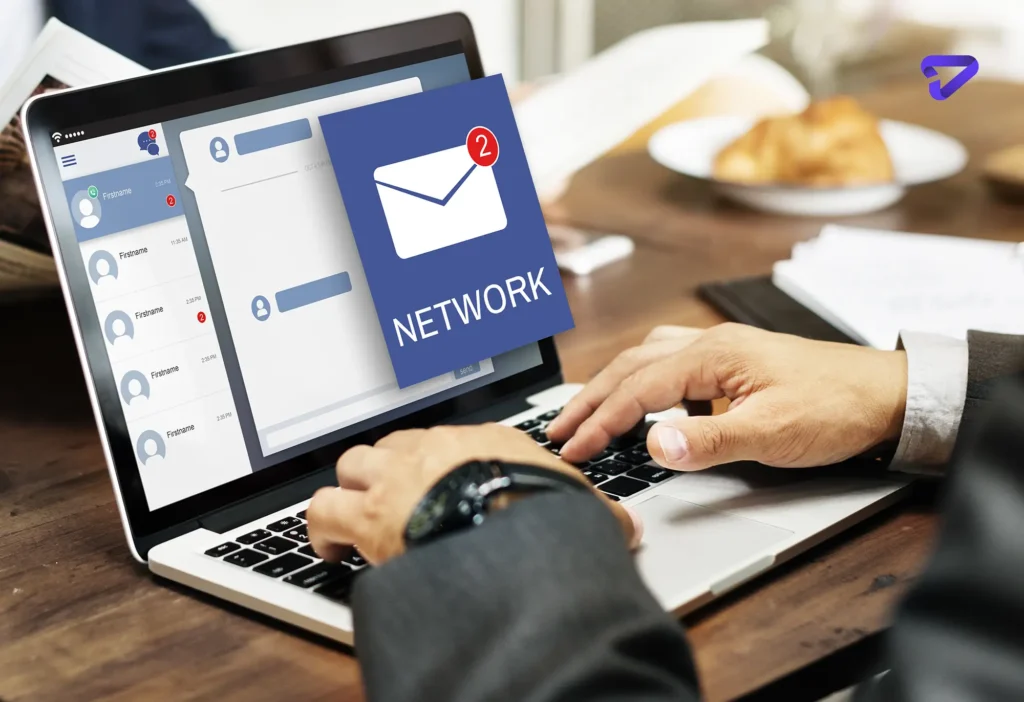
Segment Your Charlotte Subscribers
After you have expanded your list of subscribers, you should classify your contacts such as:
- Locals against visitors from outside the area
- Customers, as opposed to one-time purchasers
- Groups based on geography
- Previous purchases made
- Doing so makes it possible to provide material specifically customized to various Charlotte audience groups based on their profiles.
Encourage Participation in the Community
Email is an excellent method for highlighting the collaborations and involvement of local communities. Share information such as:
- Events or fund-raising activities in which you are taking part
- Local causes that you are backing
- Collaborations with local councils and groups
- Accolades or acknowledgment from the Charlotte public media
- This instills a sense of brand loyalty and affiliation among residents who highly value civic engagement.
Highlight Your Customers
Use email to highlight and acknowledge loyal consumers, particularly famous locals. For instance:
- “Janice Johnson, a Customer of the Month”
- Share the information and reviews of your customers.
- Photos and videos created by users should be promoted.
- Provide top clients with special deals and discounts.
- Receiving recognition makes subscribers feel like they are unique and strengthens their connection.
Distribute the Local Resources
Give your subscribers access to resources that are specifically designed for working and living in Charlotte, such as:
- Insider guides to the city
- The calendars of local events
- Warnings about the weather and traffic
- Advice about dining establishments
- Some advice about moving
- Highlights from the corporate world behind the scenes
- Your business should be positioned as a valuable resource for locals who are the ones in the know.
Leverage Holidays
Include information about critical holidays and events in your communications, such as:
- Locations of fireworks on July 4th
- Best locations to view the fall foliage
- Occurrences related to Halloween
- Specials and gift guides for the holidays
- Ingredients with a regional flavor
- Understanding the Charlotte way of life can be demonstrated by your company’s ability to integrate into the city’s culture
Emphasize the Regional Flavor
You may better connect with the Charlotte community by conversing about the local flavor and pride. Here are some ideas:
- Favorite dishes or ingredients from the area are highlighted.
- Post the latest news from the local sporting teams.
- Send care gifts, including notable items from the city.
- Rejoice in the vocabulary and jargon of Charlotte
- Advise and encourage the support of small enterprises.
- To establish connections, you should make use of this cultural identity.
Using Localized Subject Lines
Attract the attention of subscribers with subject lines that are centered on Charlotte, such as:
- “This Friday and Saturday in Charlotte…”
- “The Patios in Charlotte That Are the Best for Drinks”
- This Spring, You Should Not Miss These Charlotte Events!
The engagement of locals is piqued by topic lines that are distinctive to the location.
Automate the Journeys of Your Customers
Utilize automation to enhance client engagement through the use of appropriate touchpoints such as:
- Greetings and first-time orientation sequences
- Following-ups after the purchase
- Winback of customers for contacts that have become dormant
- The series of event reminders
- Greetings on birthdays and to commemorate anniversaries
- Automation fosters relationships over a long period and in a consistent manner.
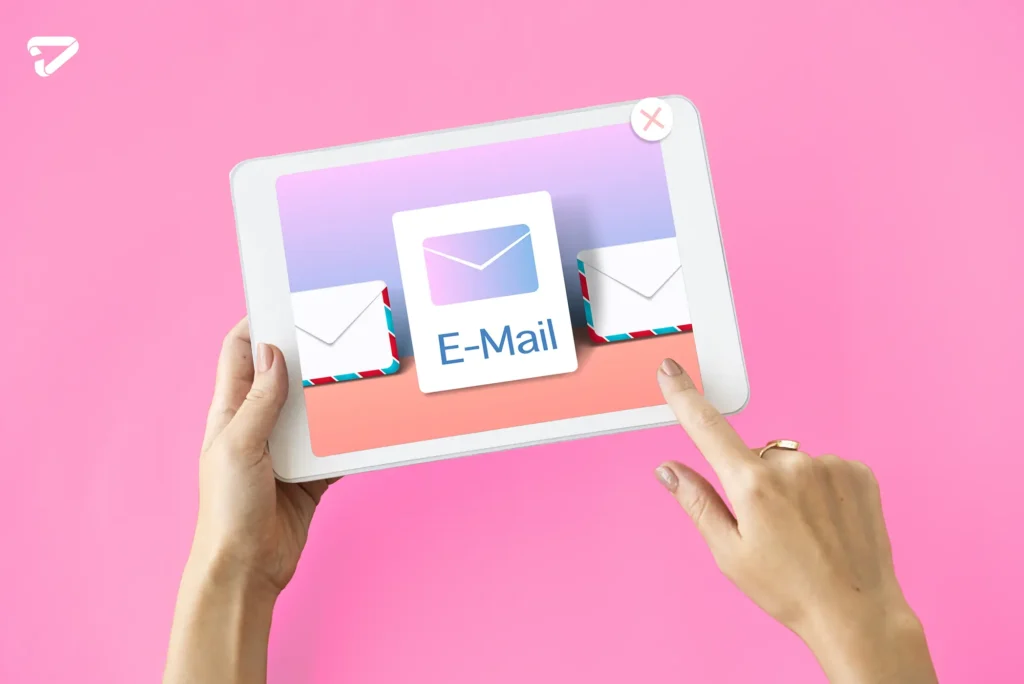
Coordinate With Other Marketing Efforts
Make sure that your email strategy is integrated with other channels, such as:
- In Charlotte-targeted social and digital ads, promotional emails should be promoted.
- Put your email subscribers in the spotlight on your Instagram and Facebook accounts.
- During every offline engagement, you should offer email signups.
- Make your most popular email content available in a variety of forms.
- Through the use of this amplification, your reach and influence will be expanded throughout the local market.
Email Marketing to Connect Locally
Small companies in Charlotte have the opportunity to cultivate personal ties with members of the community through the use of email communications.
Small businesses can increase customer loyalty and revenue through highly targeted and hyper-local email marketing by emphasizing value-driven local content, subscriber recognition, community involvement, and automation.








